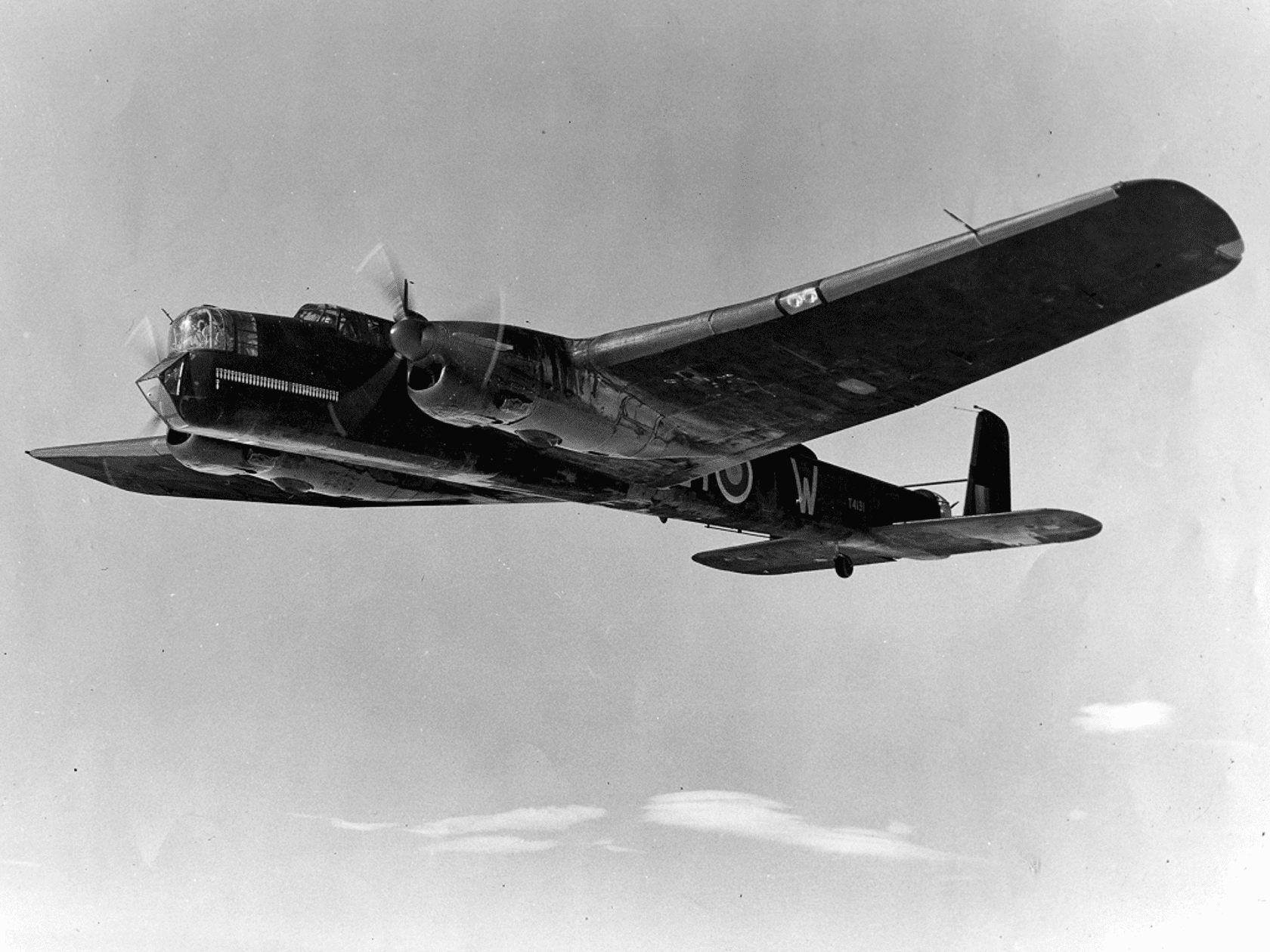
armstrongwhitworthwhitleybomber05 Aircraft of World War II
March 22, 2023 Craig Bowman The Armstrong Whitworth Whitley was an important aircraft of its time that stood out from other contemporary bombers. The Whitley had a range of over 2,000 miles and could fly for up to 14 hours. This made it perfect for long-distance operations and attacking far-off enemy territories.

147 best ideas about Armstrong Whitworth Whitley bomber on Pinterest
Armstrong Whitworth Whitley Bomber. Flight Sergeant Pohe flew this type of aircraft with the Royal Air Force (RAF) 51 Squadron during his entire first tour of duty. He conducted all types of missions from bombing to Special Combine Operations. (Courtesy of the Royal New Zealand Air Force Museum, MUS011292) Credit:
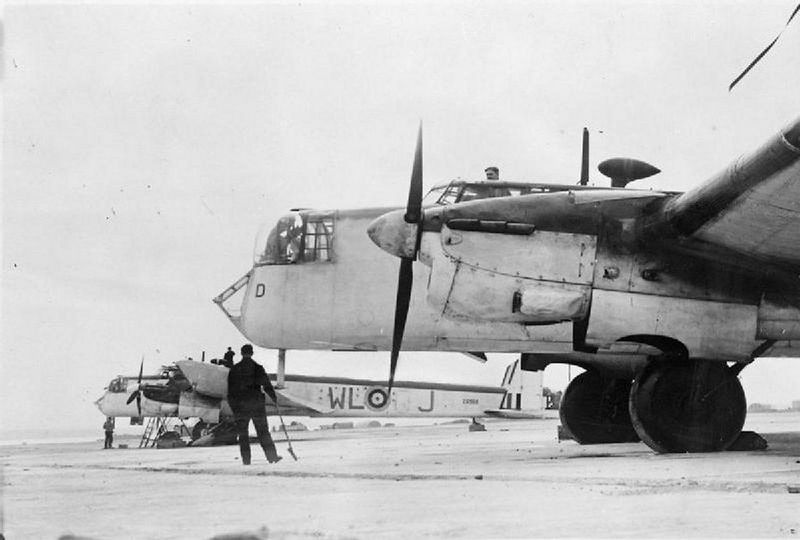
Armstrong Whitworth Whitley Photos, History, Specification
The Armstrong Whitworth A.W.38 Whitley was designed to specification B.3/34 for a heavy night bomber. The Whitley was a curious mix of the new and the old. It was a all-metal stressed-skin monoplane with retractable landing gear. But its wing was characteristic of older designs: Large, very thick, and set at a high angle of incidence to keep.

13 best Armstrong Whitworth Whitley images by Wojciech Lech on
The Whitley was one of three new strategic bombers operated by the RAF at the beginning of WW2, and the only purpose-designed night bomber. Ordered in 1934, it was already considered obsolescent by 1937 when aircraft like the Stirling, Manchester and Halifax were being anticipated.. The Whitley was Armstrong Whitworth's first aircraft to.

Armstrong Whitworth Whitley
The Armstrong Whitworth A.W.38 Whitley was a British medium bomber aircraft of the 1930s. It was one of three twin-engined, front line medium bomber types that were in service with the Royal Air Force at the outbreak of the Second World War. Alongside the Vickers Wellington and the Handley Page Hampden, the Whitley was developed during the mid-1930s according to Air Ministry Specification B.3/.

237 best Armstrong Whitworth Whitley bomber images on Pinterest
Most extensively built of all Armstrong Whitworth aircraft was the Whitley heavy bomber, designed to meet the British Air Ministry specification B.3/34. More than 1,800 were produced. Selected for production off the drawing board in 1935 the prototype flew for the first time on 17 March 1936.
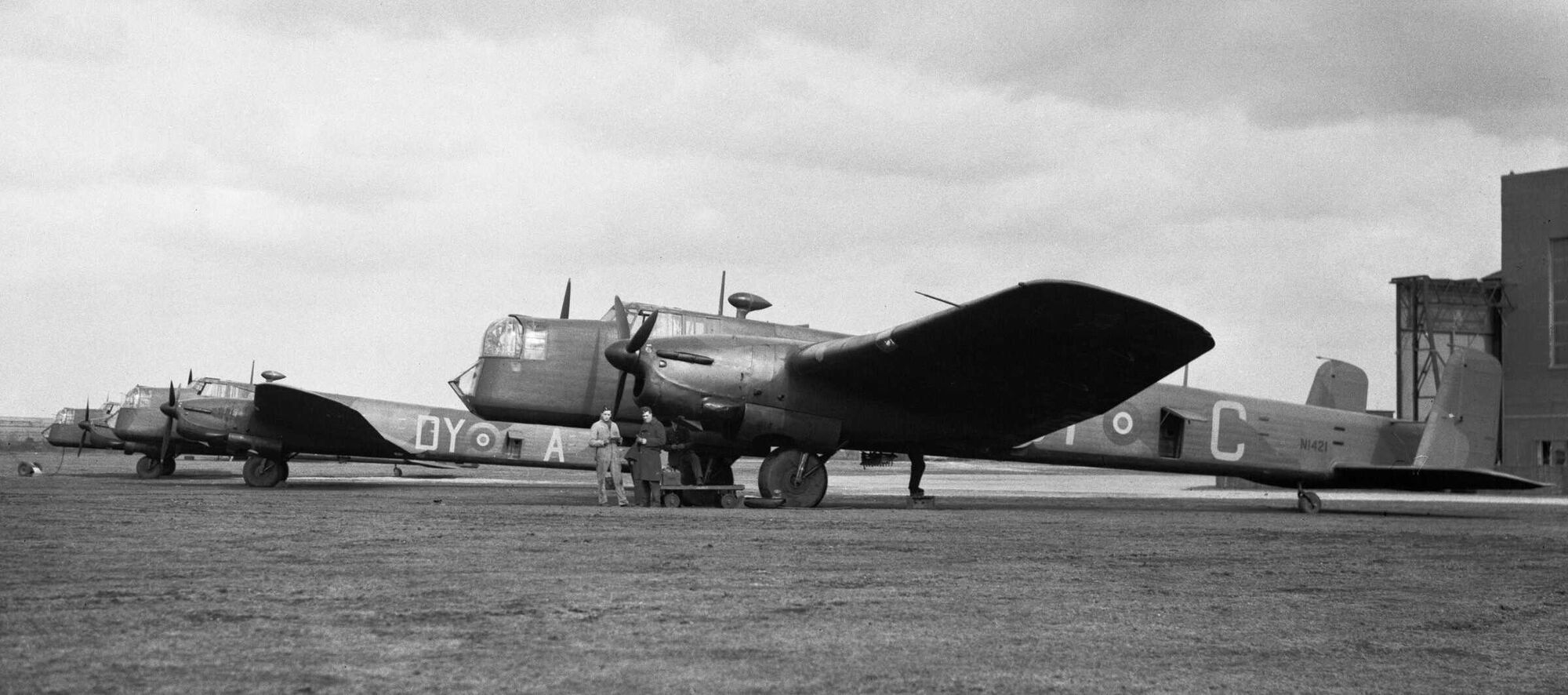
Armstrong Whitworth Whitley Biggles Wiki Fandom
24 Armstrong Whitworth Whitley bombers attacked Bremen oil installations. 21-22 December 1940: RAF No. 15 Squadron RAF used converted Vickers Wellingtons for the first time to bomb the dockyards at Bremen: 1-2, 2-3, 3-4 January 1941 RAF 141 aircraft bombed the aircraft factory in the south of the city.

Pin on Armstrong Whitworth Whitley bomber
Continuing in the tradition of ugly yet robust and reliable heavy bombers, the British Armstrong Whitworth Whitley was the heavy bomber of choice during the early war years and up through 1942. The massive unappealing design offered the Royal Air Force a versatile heavy hitter to damage the internal workings of the German war machine.

Armstrong Whitworth Whitley British aircraft, Wwii bomber, Wwii aircraft
The Whitley was developed in response to a Air Ministry Specification (B.3/34) issued in July 1934. Armstrong Whitworth produced a two engined aircraft, with a stressed-skin construction, powered by the Armstrong Siddeley Tiger radial engine, driving three blade, variable pitch propellers. The first prototype flew on 17 March 1936.
.jpg)
Armstrong Whitworth A.W.38 Whitley Mk.V British 2engine bomber
Intro Britain's Forgotten WW2 Heavy Bomber | Armstrong Whitworth Whitley Rex's Hangar 168K subscribers Subscribe Subscribed 182K views 1 month ago Today we're taking an in-depth look at the.

‘Black and white negative, nose of Armstrong Whitworth Whitley V
Armstrong Whitworth Aircraft was established as the Aerial Department of the Sir W. G. Armstrong Whitworth & Company engineering group in Newcastle-upon-Tyne in 1912, and from c. 1914 to 1917 employed the Dutch aircraft designer Frederick Koolhoven (hence the "F.K." models). [1]
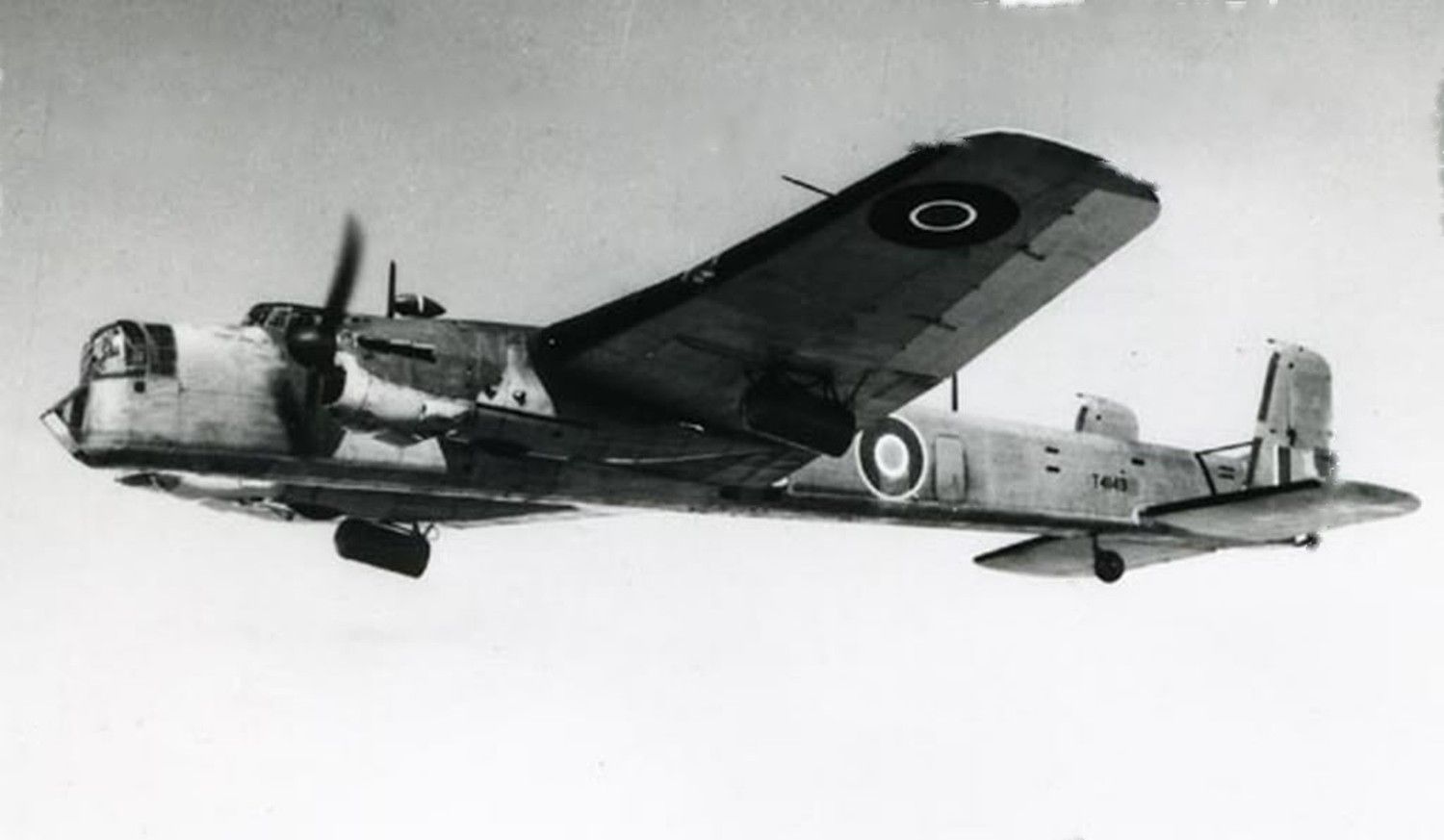
ArmstrongWhitworthWhitleyV Aircraft of World War II WW2Aircraft
Whitley Bomber 1940 Whitley cockpit interior Whitley Being Loaded Whitley aircrew 58 Squadron RAF Whitley 1st Prototype K4586 1936. the W. G. Armstrong Whitworth Aircraft Co. developed the following designs: A.W.23 - transport plane for C.26/31 and, by order of the Czech government, a bomber plane A.W.30. The latter project interested AM..
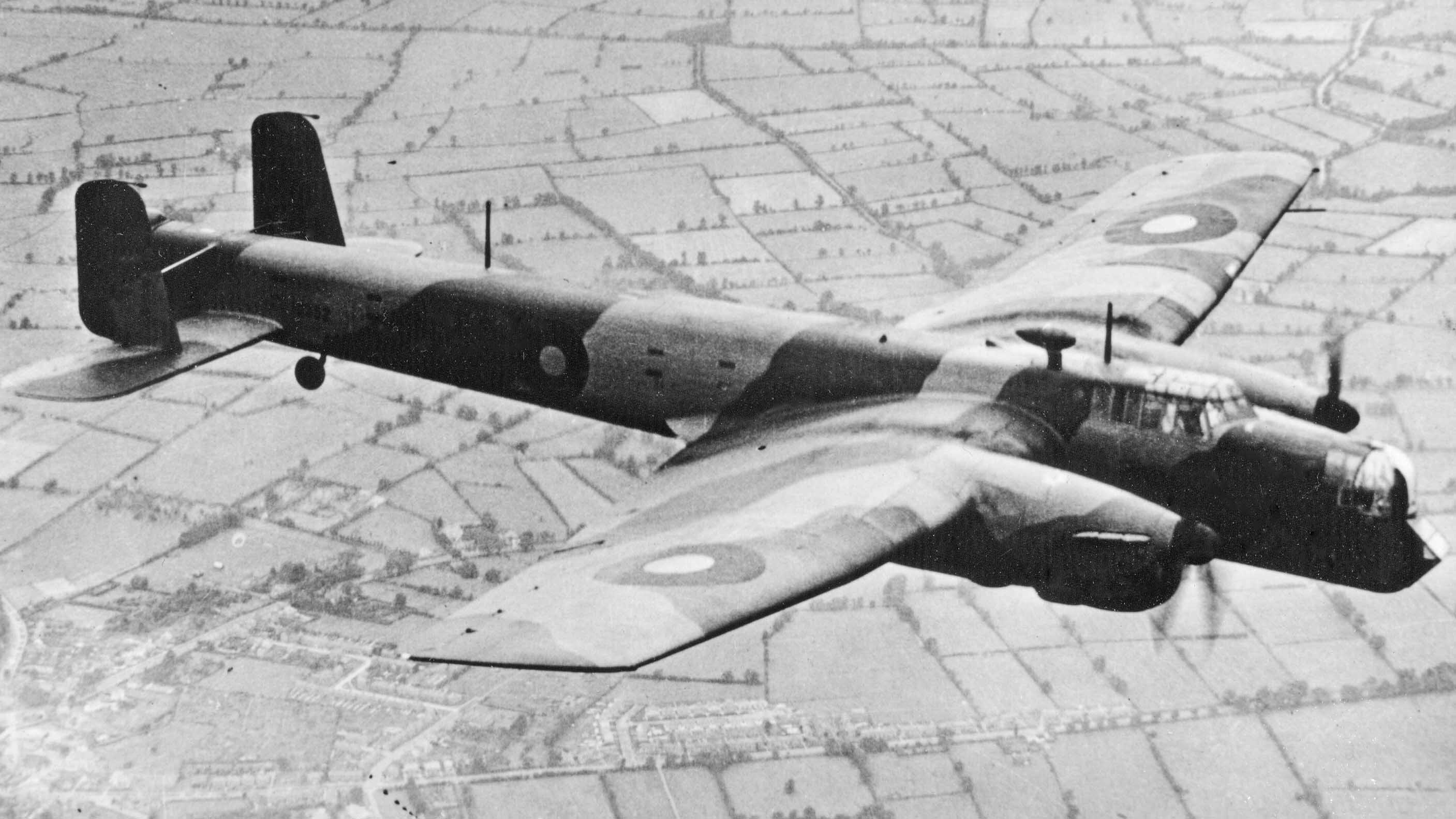
Armstrong Whitworth AW38 Whitley BAE Systems en Finland
N1503 is an Armstrong Whitworth AW38 Whitley V, the version produced in the greatest numbers. The AW38 Whitley was used in widespread 'leaflet raids' and night bomber operations over Germany during the first half of the Second World War.

Armstrong Whitley medium bomber No 78 Squadron RAF, Middleton St
Armstrong Whitworth Whitleys were in action with Bomber Command on the same day as Britain and France declared war on Germany, 3rd September 1939, when 10 aircraft flew over Bremen, Hamburg and the Ruhr in Germany dropping leaflets. It would be the Whitley that became the first Royal Air Force bomber to operate over Berlin, Germany when three.

147 best ideas about Armstrong Whitworth Whitley bomber on Pinterest
Whitley Mark V. Armstrong Whitworth Whitley twin-engined medium bomber - used normally in night operations and usually crewed by five airmen, a pilot, a second pilot, an observer, a wireless operator/air gunner and an air gunner in a power-operated rear-mounted turret in the tail section of the aircraft, the "rear gunner". The Whitley.
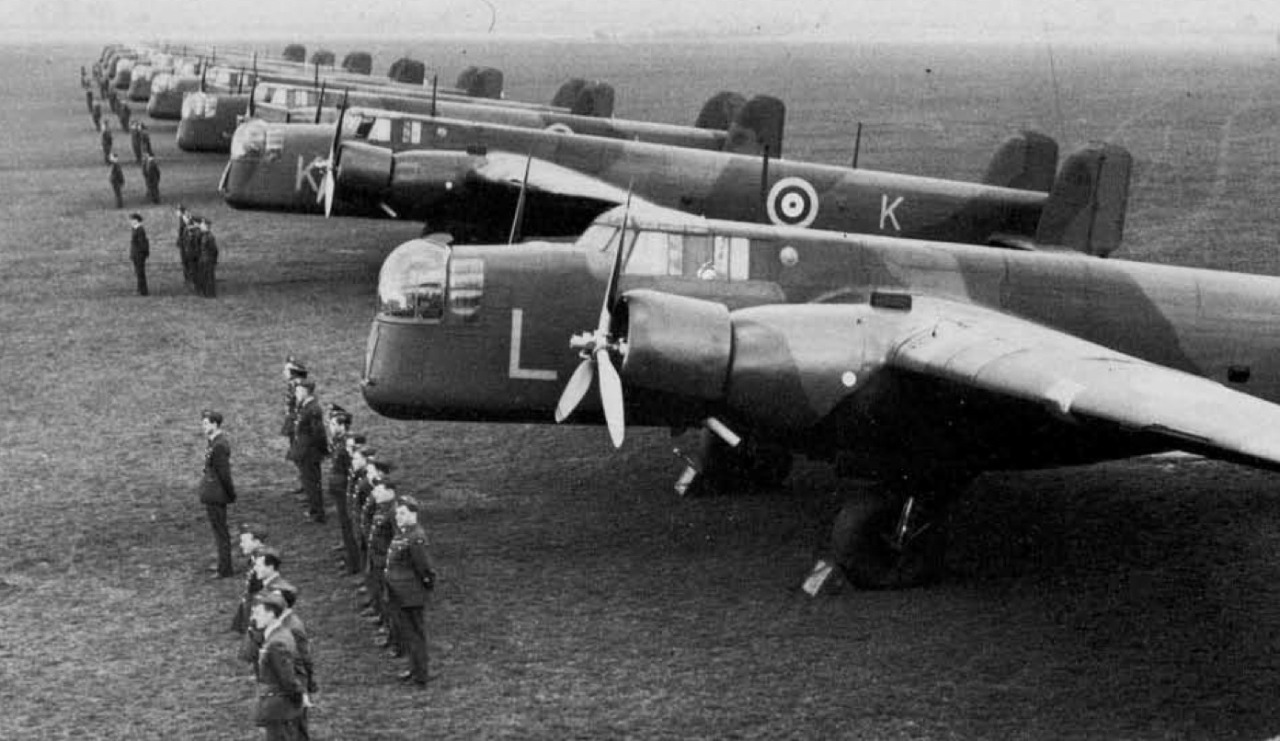
History! by Zhukov The Military History Emporium Newly delivered
The Armstrong Whitworth A.W.38 Whitley was a British medium bomber aircraft of the 1930s. It was one of three twin-engined, front line medium bomber types that were in service with the Royal Air Force (RAF) at the outbreak of the Second World War.